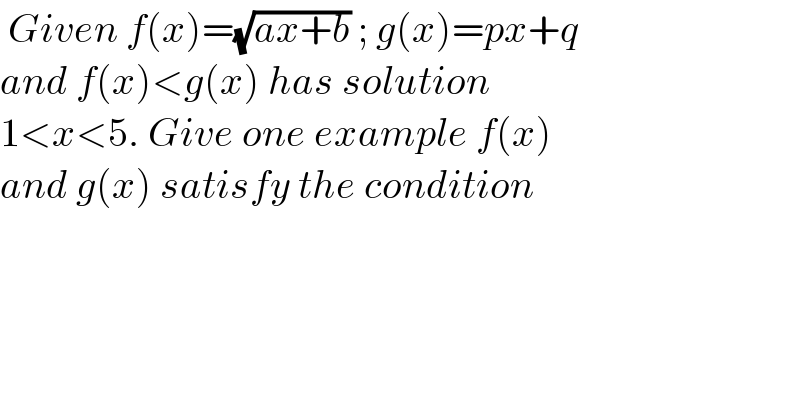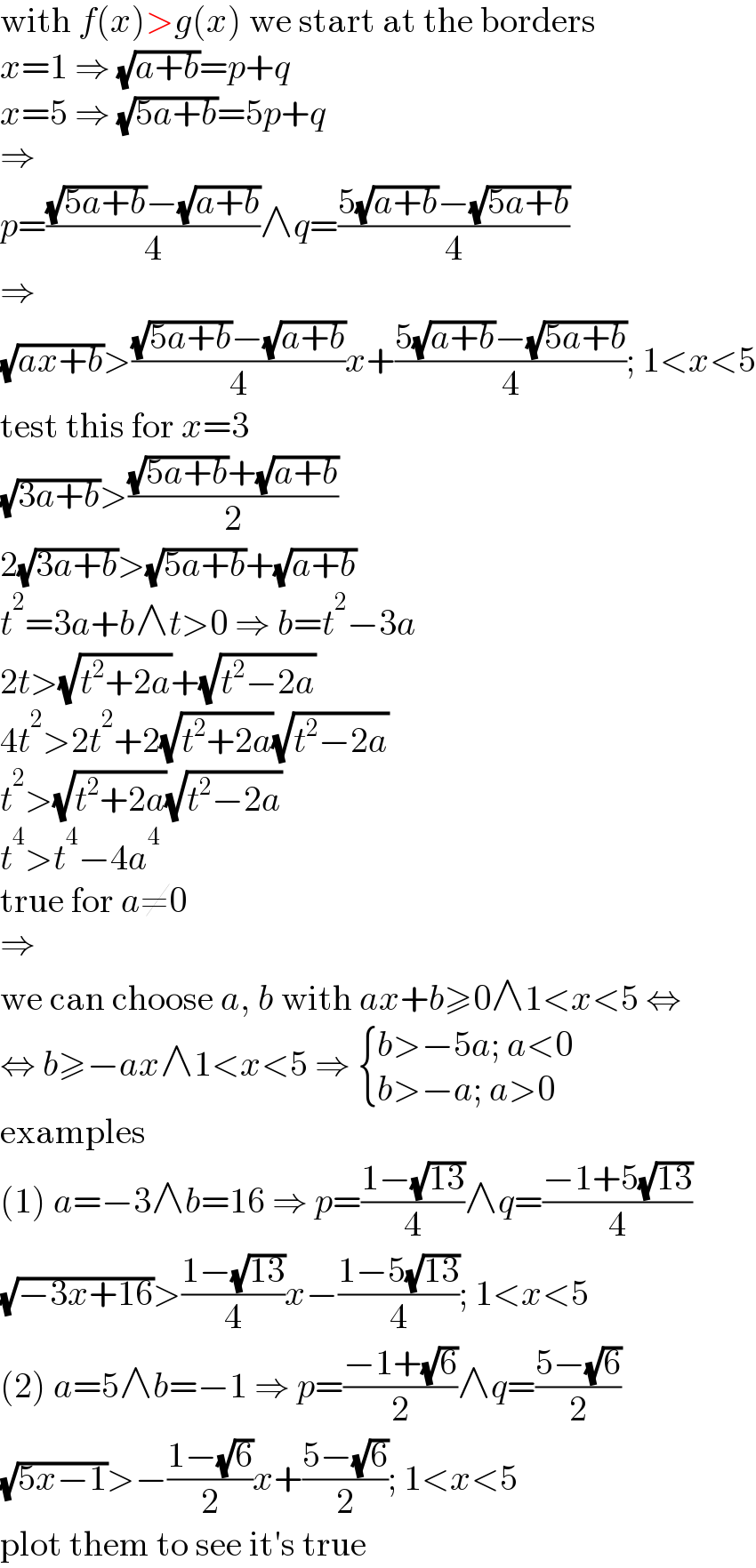
Question and Answers Forum
Previous in Relation and Functions Next in Relation and Functions
Question Number 130670 by EDWIN88 last updated on 27/Jan/21

Commented byMJS_new last updated on 28/Jan/21

Commented byEDWIN88 last updated on 28/Jan/21

Answered by MJS_new last updated on 28/Jan/21

Commented byliberty last updated on 28/Jan/21

Commented byliberty last updated on 28/Jan/21

Commented byEDWIN88 last updated on 28/Jan/21

Commented byEDWIN88 last updated on 28/Jan/21

